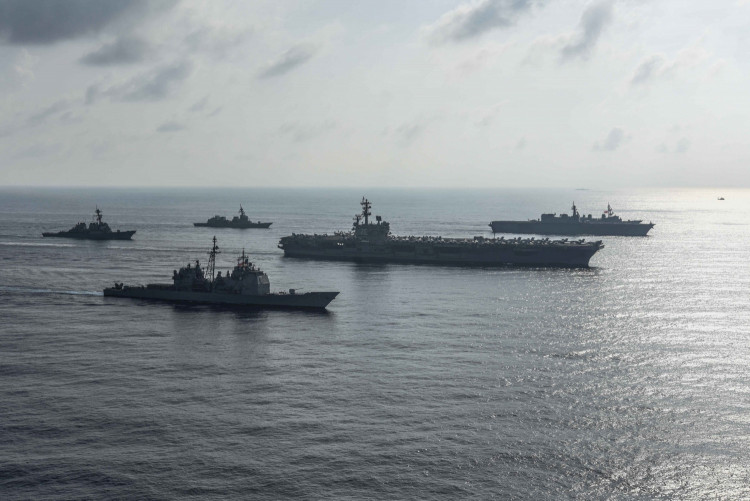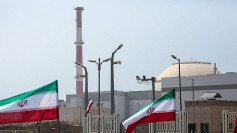The U.S. Navy is looking at a "Future Fleet" consisting of up to 530 warships, at least 30 percent of which will be robotic or autonomous surface ships and submarines.
Leaked contents of the new "Future Navy Force Study" reveal a strong consensus towards a "lighter force" consisting of only "nine" nuclear powered aircraft carriers in contrast to the 11 operational carriers today. Large surface combatants like cruisers will be replace by smaller surface combatants, robot ships and robot submarines.
These conclusions are part of a broader set crafted by the Cost Assessment & Program Evaluation (CAPE) and the Hudson Institute. CAPE is a U.S. Department of Defense think tank providing independent cost assessments and program evaluation for the Secretary of Defense, while Hudson is a think tank promoting "American leadership and global engagement for a secure, free, and prosperous future."
Both CAPE and Hudson were commissioned Secretary of Defense Mark Esper to design what a "Future Navy" should look like. Specifically, the recommendations of both think tanks are for a Future Navy to number anywhere from 480 to 534 manned and robot warships, a 35 percent increase in fleet size from the current target of 355 manned ships by 2030.
The think tanks foresee between 316 and 358 "traditional" warships, a number that will increase to more than 500 with the addition of new warship classes and robot ships.
The Future Fleets envisioned by both CAPE and Hudson will see an increase in the number and diversity of ships. These ships will be more heavily armed with a large increase in vertical launch system capacity.
The fleet suggested by CAPE is one consisting of between 80 and 90 large surface combatants, which is about the same as today's 89 cruisers and guided missile destroyers. Hudson recommended a slightly smaller number of manned warships, and called to decrease the number of cruisers and destroyers in favor of building more corvettes, a warship class the Navy currently ignores.
Both CAPE and Hudson urge the building of up to 87 large unmanned surface vessels, or optionally unmanned corvettes. They call for building more small surface combatants.
They also want an increase in the number of attack submarines over the current requirement for 66 subs. They also recommend building up to 60 large unmanned submarines, or Extra Large Unmanned Underwater Vehicles, for surveillance and extremely dangerous missions.
Last week in a speech before the RAND Corporation, Esper said the U.S. Navy will meet China's growing challenge to its naval supremacy by building a more lethal Future Fleet where robotic warships will play a key role in both surface and subsurface warfare.
Esper announced an unprecedented plan to expand the Navy by building a new range of unmanned and autonomous ships alongside surface warships, submarines and aircraft to defeat China's naval challenge.
He said this "game-changer" plan will expand the total number of ships in the Navy 355 from the current 293. The main goal of this accelerated warship building program will be for the Navy to maintain its superiority over the People's Liberation Army Navy (PLAN), the main threat to U.S. naval supremacy.
"The future fleet will be more balanced in its ability to deliver lethal effects from the air, from the sea, and from under the sea," said Esper.






